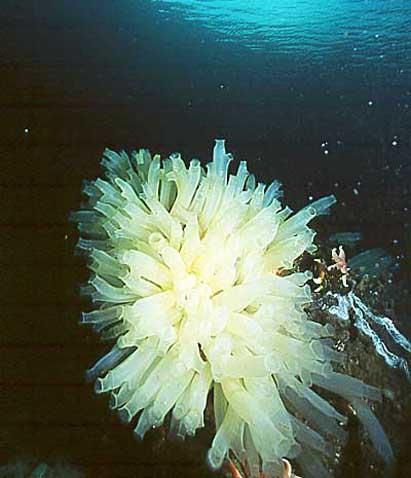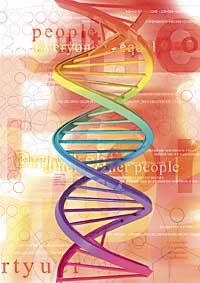Decoding the genome of another animal
2002/12/13 Elhuyar Zientzia

The genome of the intestinal Cionia tunida that appears in the image has just been decoded thanks to the collaboration of the universities of Kyoto and California. Although these filtering beings have a relatively simple body structure, they have a characteristic that has always surprised biologists: in the larval phase, they present a structure very similar to that of the spinal cord. Therefore, the animal is classified within the filum Chordata, that is, together with all beings with spinal cord. In this filum are included all vertebrates and, of course, among them is the man.
Scientists hope that, decoded the genome of the strange creature, clues are discovered about how the spinal cord appeared during evolution. The species of tunest studied has about 16,000 genes, of which 80% are equal to those of all cords. The remaining 20% only have the tunnels. Among the latter are the group of genes that help to synthesize cellulose. Of all animals, only the tunids have this capacity, and experts believe that cellulose has received it from some bacteria capable of synthesizing.

Gai honi buruzko eduki gehiago
Elhuyarrek garatutako teknologia






